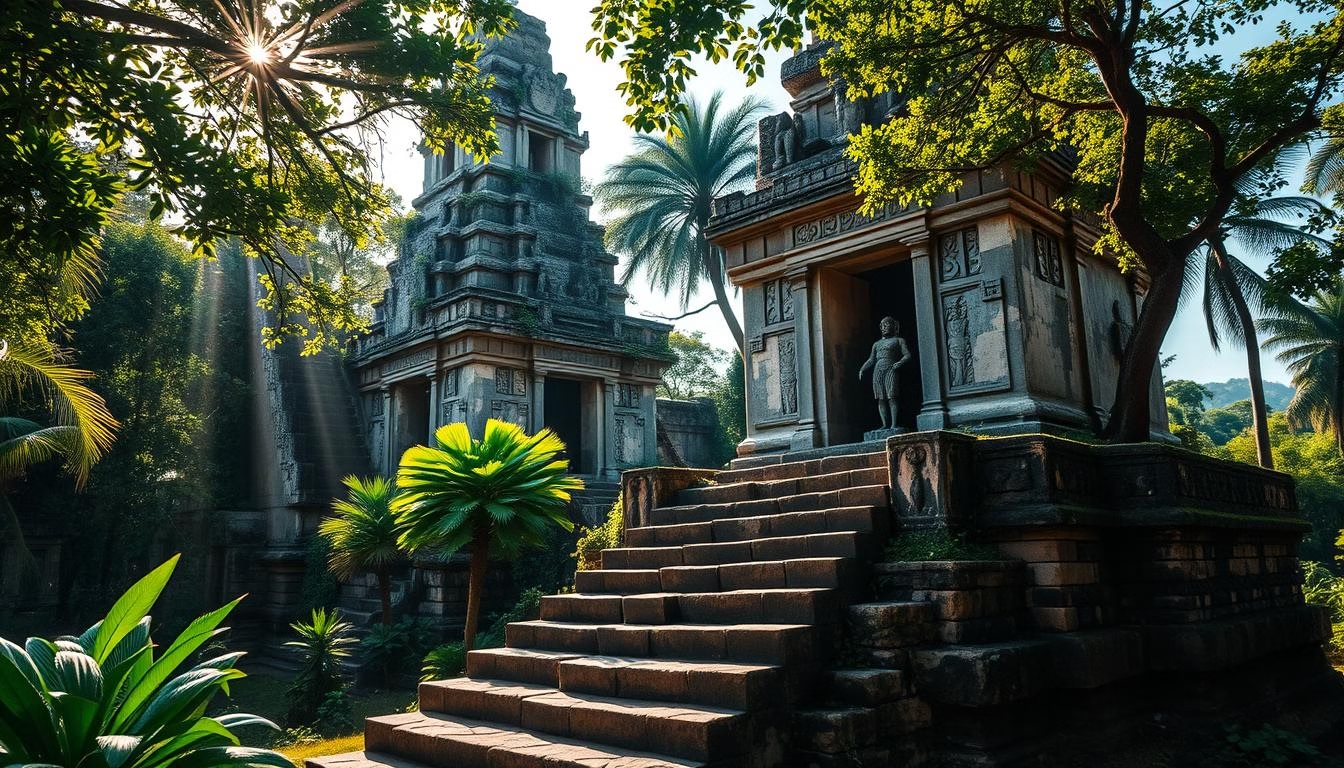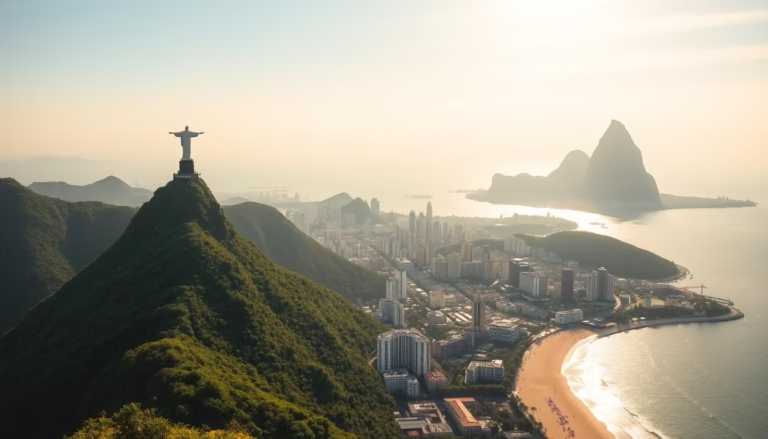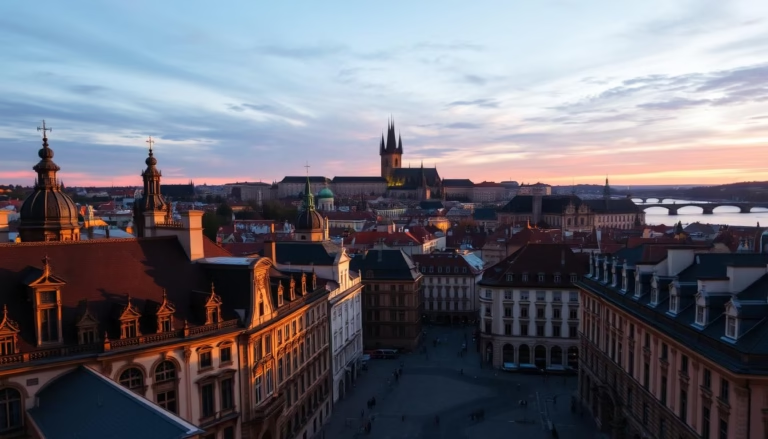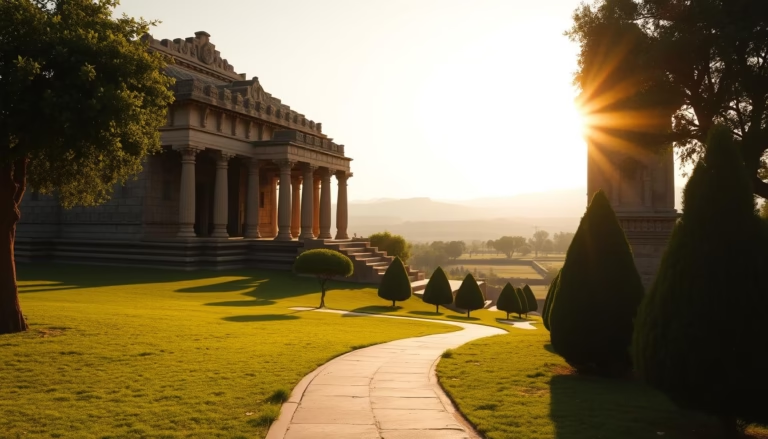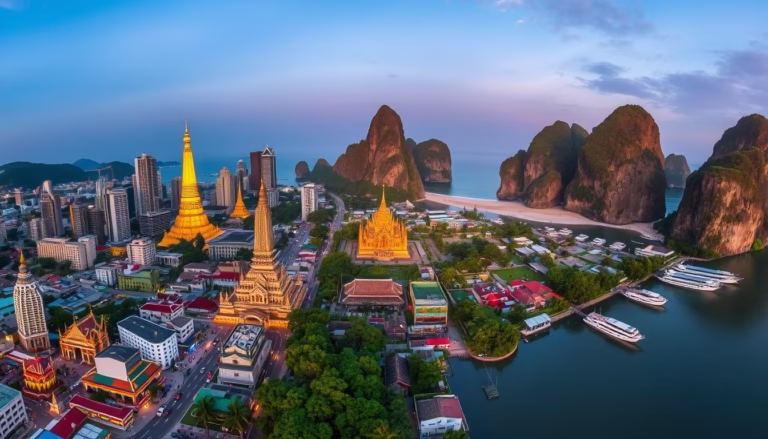Explore Ancient Mayan Temples: History & Architecture
Step into a world where stone structures whisper tales of innovation and spiritual devotion. Long before European explorers arrived, a thriving civilization mastered astronomy, mathematics, and urban design across Central America. Their legacy lives on in towering pyramids and sacred spaces that still captivate modern travelers.
These architectural wonders reveal advanced engineering skills developed over three millennia. Builders aligned structures with celestial events and decorated walls with symbolic carvings. Cities like Tikal and Chichen Itza once bustled with life, hosting ceremonies in grand plazas beneath limestone monuments.
Today, these sites blend mystery and grandeur, offering visitors a tangible link to the past. Over 40 urban centers spanned modern Mexico, Guatemala, and Belize. Each location showcases unique artistic styles while sharing common design principles rooted in spiritual beliefs.
Key Takeaways
- Maya builders created precise structures aligned with astronomical events
- Over 40 major cities flourished across six modern countries
- Advanced understanding of math and science shaped temple designs
- Hieroglyphic carvings preserve historical records and cultural practices
- Many sites remain accessible for exploration and study today
An Overview of Ancient Mayan Temples
Centuries-old edifices rise from the earth, their stones narrating tales of celestial mastery. These ceremonial centers anchored thriving cities where rulers merged spiritual authority with scientific knowledge. At their peak, over 40 urban hubs hosted grand plazas where thousands gathered for rituals.
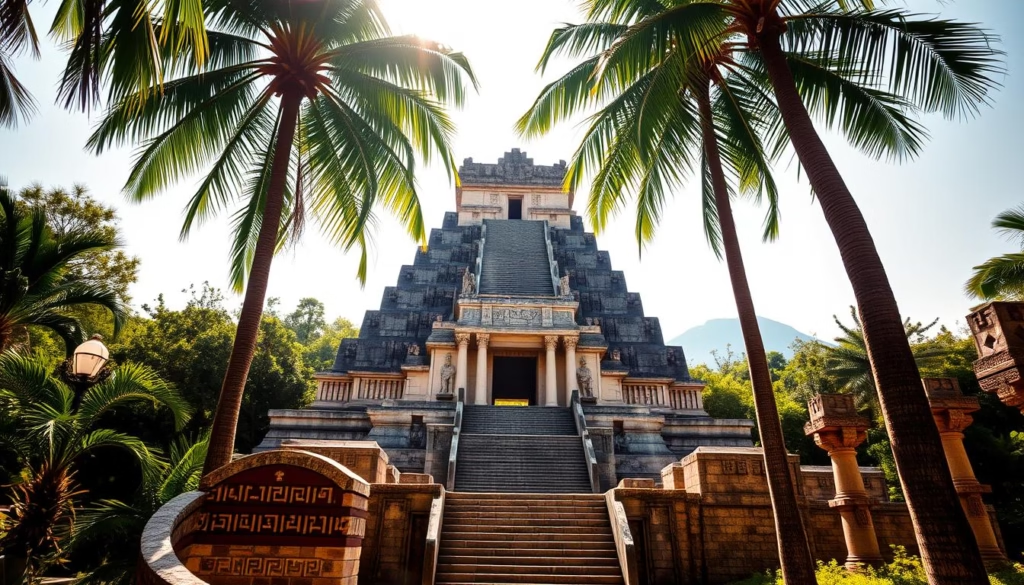
Historical Significance of the Structures
These sites functioned as multidimensional spaces. Beyond religious ceremonies, they hosted royal coronations and market days. Elaborate carvings at locations like Palenque document dynastic histories, while hidden chambers reveal burial practices.
“The precision in their construction reveals a society deeply connected to both earth and sky.”
Architectural Innovations and Styles
Builders developed region-specific techniques using local materials:
| Site | Material | Innovation |
|---|---|---|
| Tikal | Limestone | Mortar-free joints |
| Copán | Volcanic tuff | 3D sculptures |
| Quiriguá | Sandstone | Monolithic stelae |
Northern sites favored corbeled arches, while southern cities perfected stucco reliefs. Drainage systems and acoustic designs show practical ingenuity alongside artistic skill.
Historical Insights from the Mayan Civilization
The story of Central America’s pre-Columbian societies comes alive through their urban achievements. Between 250-900 AD, these communities built sprawling cities that blended spiritual vision with practical innovation. Their legacy stretches across six modern nations, from Guatemala’s rainforests to Mexico’s limestone plains.
Timeline and Key Eras
Three distinct phases shaped this culture’s development. The Preclassic era (2000 BC–250 AD) saw early settlements evolve into trade hubs. By the Classic period (250–900 AD), cities like Tikal and Calakmul became powerful centers with populations exceeding 50,000.
The Late Classic era (600–900 AD) marked an architectural golden age. Royal courts commissioned towering pyramids while scribes recorded histories on stone monuments. Though many urban centers declined by the 10th century, northern cities like Chichen Itza continued thriving into the Post-Classic era.
Social and Religious Influences
Society revolved around divine kings believed to communicate with deities. Elaborate ceremonies in city plazas reinforced their sacred authority. Rulers often wore jade ornaments symbolizing their connection to life-giving forces.
Religious practices shaped daily life through:
- Precise calendar systems tracking planting seasons
- Astronomical observations guiding temple construction
- Ritual ballgames resolving political disputes
“Their calendars predicted solar events within minutes – a feat unmatched for centuries.”
This blend of spiritual and scientific thinking created one of history’s most enduring cultural legacies. Visitors today can still sense the ambition etched into weathered stone walls.
Architectural Masterpieces and Iconic Pyramids
Skyward-reaching pyramids stand as testaments to a civilization’s bond with the cosmos. These stone structures blend practical engineering with celestial storytelling, their steps counting days and their shadows marking seasons. From the jungles of Guatemala to Mexico’s plains, these monuments transformed entire cities into living calendars.
Engineering and Astronomical Alignments
Builders achieved precision without modern tools. The 80-foot El Castillo pyramid features 365 steps mirroring Earth’s yearly journey. During equinoxes, sunlight creates a serpent-like shadow slithering down its northern staircase.
| Site | Material | Celestial Feature |
|---|---|---|
| Chichen Itza | Limestone | Equinox light effects |
| Tikal | Local stone | Venus alignment |
| Palenque | Sandstone | Winter solstice sunrise |
| Copán | Volcanic rock | Lunar cycle markers |
Temple IV in Tikal towers at 230 feet – the Americas’ tallest pre-Columbian structure. Its platform once gave rulers a front-row seat to celestial events.
Cultural Symbolism in Stone
Every angle held meaning. Pyramid shapes mirrored sacred mountains, while carvings told creation stories. Builders selected materials carefully:
- Limestone represented durability
- Sandstone allowed detailed carvings
- Volcanic stone symbolized earthly power
“The pyramids served as bridges between realms – their stones whispering prayers to the stars.”
Even ball courts held cosmic significance. The echoing acoustics in these spaces made spectators feel part of something larger than their city.
Exploring Chichen Itza’s Majestic Structures
Where earth meets sky, Chichen Itza’s stone wonders reveal a civilization’s cosmic mastery. Named a New Seven Wonder of the World in 2007, this iconic site blends celestial precision with cultural symbolism. Its centerpiece, El Castillo, rises 80 feet with 365 steps mirroring our solar year—a calendar carved in limestone.
El Castillo and Its Astronomical Features
Twice yearly, equinox sunlight transforms El Castillo’s staircase into a slithering serpent shadow. This phenomenon honors Kukulkan, the feathered serpent deity. The pyramid’s design also creates unique acoustic effects—claps echo as chirping birds.
| Feature | Purpose | Significance |
|---|---|---|
| 365 Steps | Solar calendar | Agricultural cycles |
| Serpent Shadow | Equinox marker | Cosmic connection |
| Echo Chamber | Ritual acoustics | Ceremonial effects |
Visitor Tips for an Immersive Experience
Arrive by 8:00 AM to explore before crowds and midday heat. The entry fee of MXN 95 grants access to:
- The largest ball court in the Americas
- Sacred cenote water reservoir
- Temple of Warriors complex
Guided tours reveal hidden details in carvings and whispering wall acoustics. Located 120 km from Mérida, the site makes an easy day trip. For deeper insights, explore the structures through morning light when shadows highlight intricate designs.
Journey through the Jungle: Tulum and Cobá
Where turquoise waves meet emerald forests, Quintana Roo state holds two contrasting marvels. Tulum’s coastal fortress and Cobá’s jungle pathways reveal how communities thrived in diverse environments. These sites showcase clever adaptations to both shorelines and dense woodlands.
Coastal Charm and Tulum’s Setting
The Tulum ruins crown 40-foot cliffs above Caribbean waters. This strategic location made it a vital trade hub until the 1500s. Visitors today can spot sea turtles while walking past weather-worn walls that once guarded merchants.
The Mysterious Sacbeob at Cobá
Deep in the surrounding jungle, Cobá’s stone highways connected cities across the Yucatán. The tallest pyramid in Quintana Roo—Nohoch Mul—lets climbers survey endless treetops. Its 138-foot summit rewards hikers with views of hidden sacbeob roads stretching 100 kilometers.
Together, these sites highlight how communities flourished through land and sea connections. Tulum’s ocean breezes and Cobá’s shaded trails offer distinct adventures within Mexico’s vibrant rainforests.
